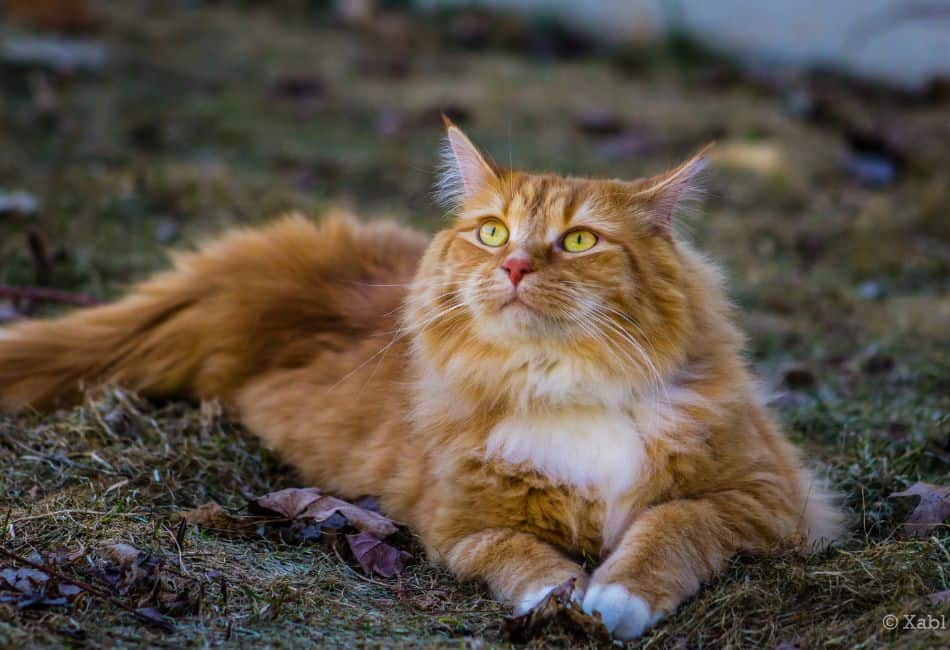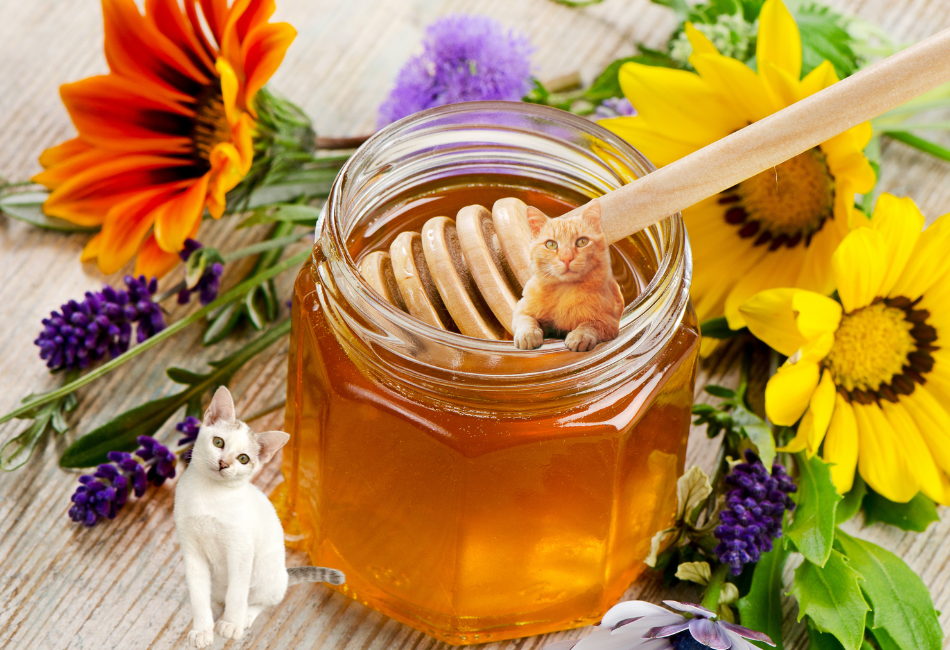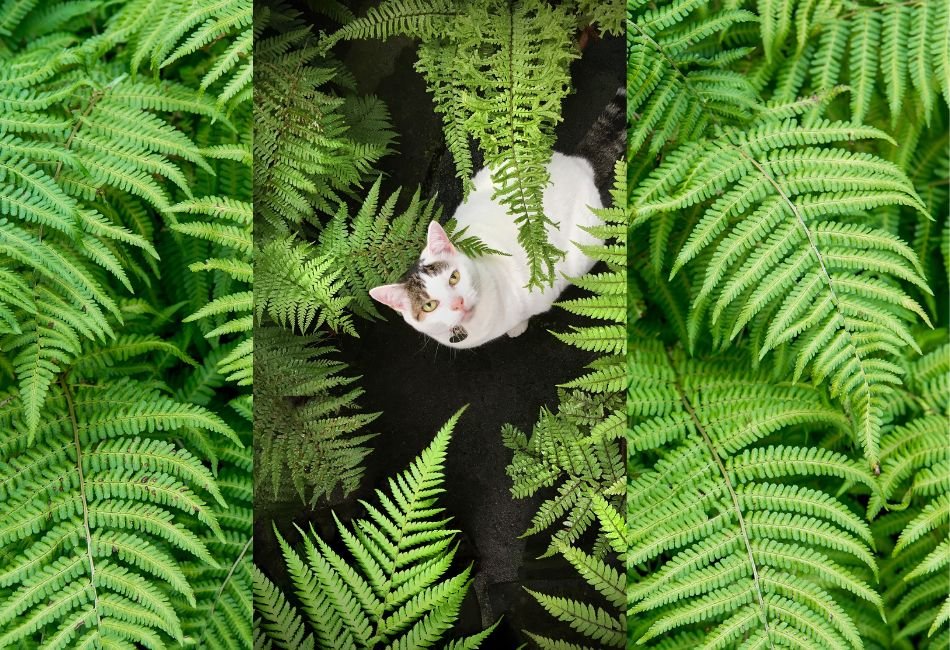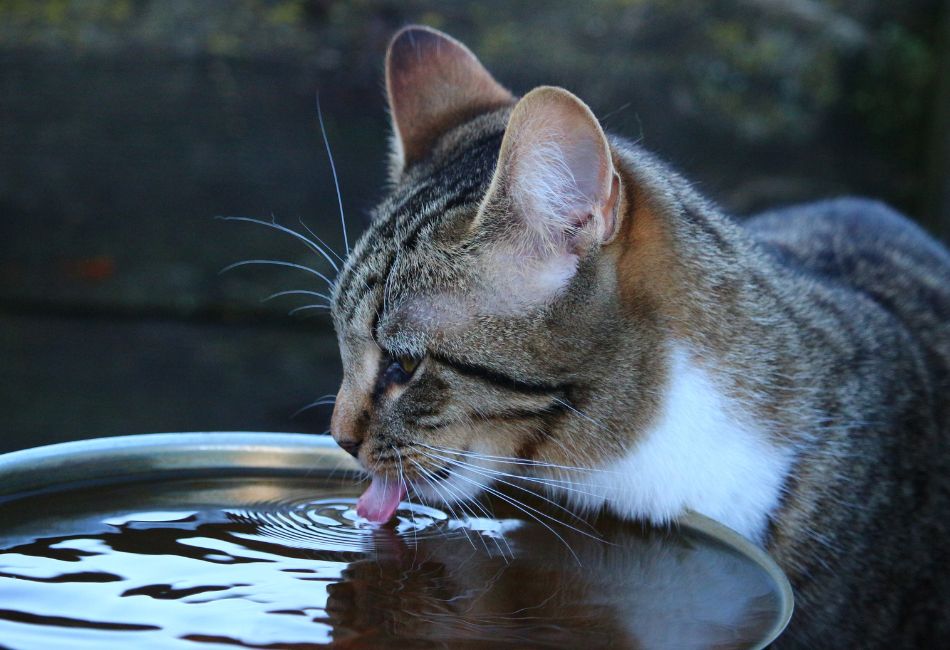Is This Food Ok To feed My Cat? This question came from a client looking for help with her cat, diagnosed with a kidney condition and showing signs of decline: weight loss, retreating to under the bed, lethargy, etc. We evaluated the cat food label and found the first ingredient to be corn. Cats are Read More
Category: Cats
How Often Should You Clean The Litter Box? What Your Cat Wants You To Know …
The answer to the question, ‘how often should you clean the litter box?’ is an important one and most importantly to your cat. Answer: Minimum 2 times per day. This is one of those things that should be considered before getting cat or having multiple kitties especially if it makes you wince. Scooping the litter Read More
The Quintessential Cat Garden: How To Design A Catio
What Is a Catio? Think of a time you enjoyed relaxing on a patio. The clock didn’t exist. In a peaceful, comfy shelter under the sky, you felt protected as you looked out on the rest of the world. You can guess what a “catio” is, then. It’s an enclosed cat garden where your beloved Read More
The Raw Food Diet ~ Essential For Sustainable Health and Well-Being
Table of Contents What Is a Raw Food Diet? Not a Trend but True Nutrition BARF and Dr. Billinghurst BARF Is Species-Specific Dispelling Myths of Raw Food Why Kibble Isn’t Food The Role of Living Enzymes Found in Raw Food Why Raw Bones Are Necessary Types of Raw Bones Any Age Is the Right Age Read More
Why Is My Cat So Clingy? How To Interpret Your Cat’s Communication
You want to know “Why is my cat so clingy?” Good question. The truth is that there isn’t just one answer. Possibilities range from unmet basic needs to the fact that a domestic kitty is always trying to communicate with you one way or another. Or you may just have a very adoring feline friend! Read More
How Long Does A Cat Hold A Grudge? Or Is It?
All animals are sentient beings but since the question, “how long does a cat hold a grudge?” is referring specifically to cats, let’s talk about cats. First of all, sentience is defined as having a conscious awareness: the ability to think, feel emotions, perceive and experience life. The question is really about the ways that Read More
Can Cats Have Honey? Best Medicinal Benefits
There aren’t too many foods that you can either eat or wear, but honey is one of them. Not only is it nutritious, but it also has many medicinal effects whether eaten or applied to injured skin. That goes for humans as well as many animals. Can cats have honey? A cat is neither a Read More
Are Ferns Toxic To Cats? ~ Can Ferns Improve Cats’ Quality of Life?
That’s a great question: are ferns toxic to cats? The fact is that curiosity does NOT kill cats or people–having questions is how intelligent beings behave. Ignoring the answers, though, can be dangerous. Most true ferns are not toxic to cats. Certain fern a-likes are, so we’ll go over that since cats have an inclination Read More
How Long Can Cats Go Without Water? When To Ask The Question
In this post, we’ll explore the water needs of cats. Although dogs and cats are common animal companions, their needs are very different. How long can cats go without water? Not only are we going to answer that, but also explain how felines are able to use water even in the most inhospitable conditions. There Read More
Are Spider Plants Toxic to Cats? BEST Cat Plants
Are spider plants toxic to cats? In spite of looking like long green cat toys bouncing in the air, the spider plant is safe for cats. In this post, we’re going to talk about spider plants and cats as well as other houseplants. We’re also going to show you how to grow a cat garden Read More









